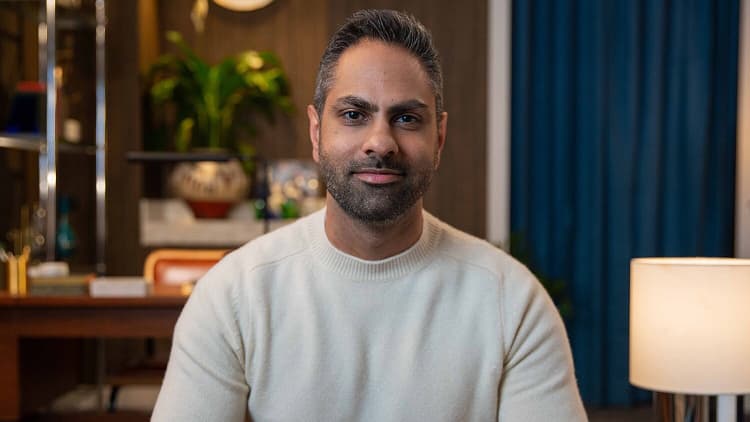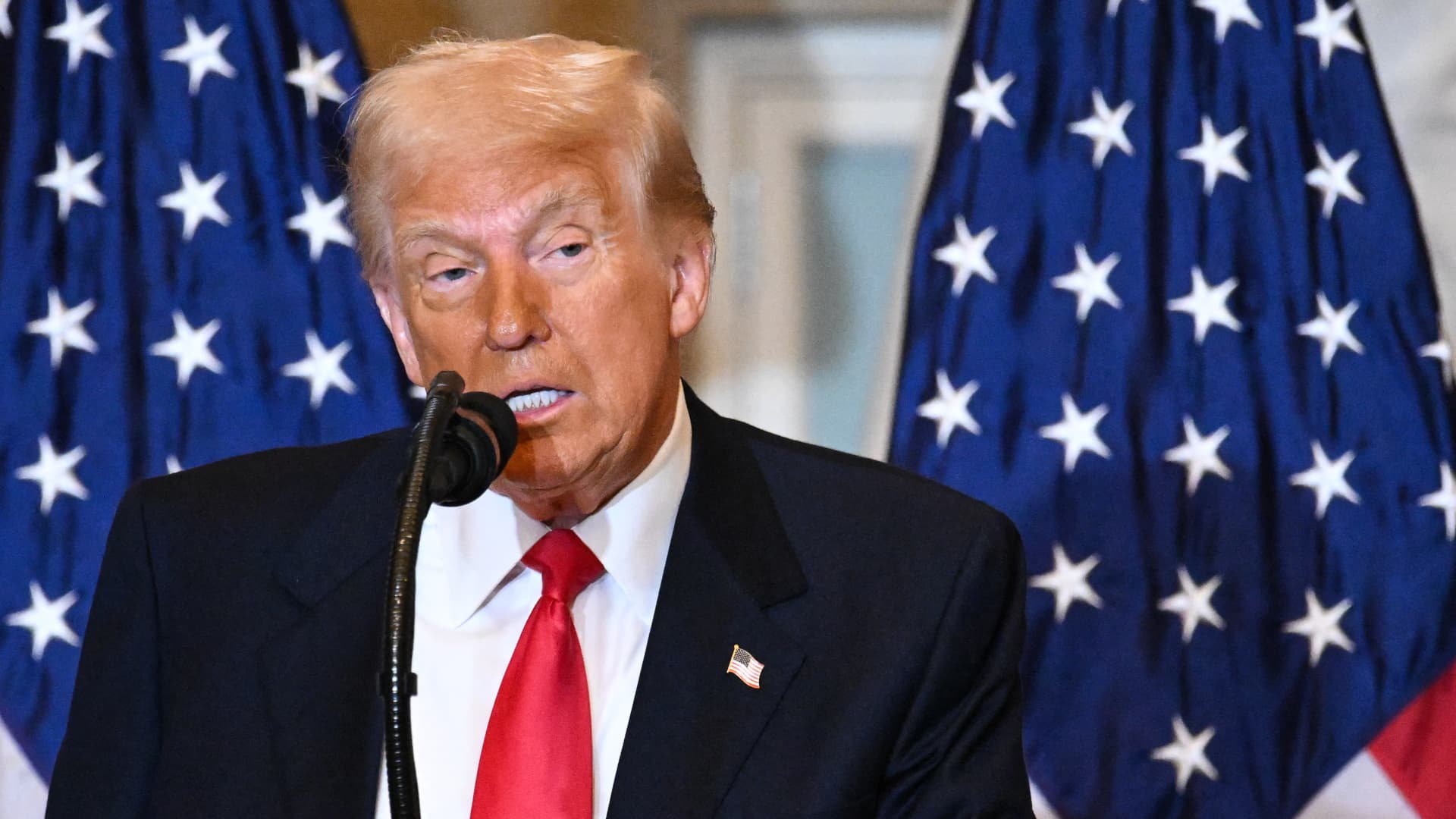With President Donald Trump’s tariffs threatening to increase prices on numerous goods, many consumers are holding their breath to see what purchases they should put off or how their fixed costs may change in the coming months.
Amid ongoing uncertainty, it’s best to focus on your emergency savings for now, says Ramit Sethi, a self-made millionaire and author of “I Will Teach You to be Rich” and “Money for Couples.”
“I’m building up a big war chest and I recommend you do the same,” he told his Instagram followers in a Reel posted on April 5. “If you don’t have an emergency fund, you better get your a– in gear and get one. That means cutting your discretionary spending now before the world forces you to.”
Experts typically recommend saving up enough to cover three to six months’ worth of living expenses, but Sethi recommends aiming for 12 months’ worth as uncertainty around tariffs and how they may further impact the economy builds.
Saving a year’s worth of expenses is no easy feat, especially if you’re starting from zero. The last five years have been difficult, with inflated prices making it hard for many Americans to set money aside.
Still, anything you can save for true emergencies is better than nothing. It’s OK to start small, but aim to save as much as you can right now in case your fixed costs begin to rise or you lose your income altogether.
Making some temporary changes to your financial plan can be a good place to start. And once you feel confident in the amount you have set aside, you can get back to your other priorities.
Here are four ways to quickly give your emergency savings a boost.
1. Reduce or eliminate your discretionary spending
The first, and often easiest, way to quickly add to your emergency savings is to look at your discretionary spending “and tamp it down or eliminate it,” Sethi says.
If you’re frequently going out to eat, buying drinks, traveling or doing similar “guilt-free” spending, aim to cut back and put that money in your savings account.
“Be very aggressive with it,” Sethi says. “If you’re timid about making these decisions, you’re going to get exhausted trying to save $15 that’s not going to do anything.”
Although it’s still unclear exactly how tariffs will impact prices, it’s smart to be prepared for the worst.
“You need to shift your mindset and say, ‘Wow, this is really important, I’m going to make bold, aggressive moves right now so that my back is not going to be against the financial wall,'” Sethi says.
2. Pause or stretch out your expenses
If you were getting ready to make a major purchase such as a car, house or vacation, you may want to press pause on that, Sethi says.
“If you buy the car, and for example, get laid off six months from now, what’s your plan? You better have an answer to that, or you’re not ready to buy that car,” he says.
In other spending categories, such as self-care, Sethi recommends stretching out your spending. Instead of getting a haircut every three months, switch to every six months, for example.
“Over the course of a year, that can add up to hundreds of extra dollars,” he says. “All of this needs to be immediately put into your savings account.”
3. Only pay the minimum on your debts
While it’s generally a good practice to make extra debt payments when you can, now is not the time, Sethi says.
Particularly for relatively low-interest debt like your mortgage or student loans, he recommends just paying the minimum required each month and putting any extra cash toward your emergency fund.
“If you’re paying extra on a 3% mortgage, don’t pay extra,” he says. “Just put that money in savings.”
Though it’s antithetical to what Sethi usually advises, he says even pausing extra payments on your high-interest debt, such as credit cards, may be a good idea right now.
“I really hate for anyone to do that, because you’ve got to pay that debt off anyway,” he says. But as with his other recommendations, Sethi is OK with temporarily taking extreme measures so you can protect yourself from future turmoil.
Continue to pay the minimum to keep all your debts in good standing, but put any extra you may have thrown at them into your emergency savings for now, he says.
4. Reduce your investments
If you don’t have a year’s worth of expenses in an emergency fund, “you may want to consider reducing your contributions to investments,” Sethi says. “This really shows you how serious the situation is if I’m even suggesting this,” he adds.
“You may be investing for 30 years from now, but if you get laid off, especially if you have one [income] or are in a household with kids, you’re in a lot of trouble,” he says.
Sethi suggests starting by reducing your 401(k) contributions. If your company matches contributions and you’re contributing beyond that, bring your allocation down to the maximum matching percentage and funnel the extra cash to your savings, he recommends.
What not to do: panic sell your stocks
Unless you’re already facing an emergency, the last thing you want to do right now is sell your stock investments, Sethi says. Doing so should be a last resort.
In fact, Sethi recommends ignoring your investments altogether. “Avoid logging into [your] investment accounts every day,” he says. “There’s no need to.”
The news is changing quickly each day, so watching your portfolio ebb and flow probably won’t help you feel any better. But taking one or two of these steps to prepare for the worst-possible outcomes can help you get some peace of mind.
“One of the most important things in a time like this is to slow down and be methodical,” Sethi says.
Want a new career that’s higher-paying, more flexible or fulfilling? Take CNBC’s new online course How to Change Careers and Be Happier at Work. Expert instructors will teach you strategies to network successfully, revamp your resume and confidently transition into your dream career. Start today and use coupon code EARLYBIRD for an introductory discount of 30% off $67 (+taxes and fees) through May 13, 2025.
Plus, sign up for CNBC Make It’s newsletter to get tips and tricks for success at work, with money and in life.





